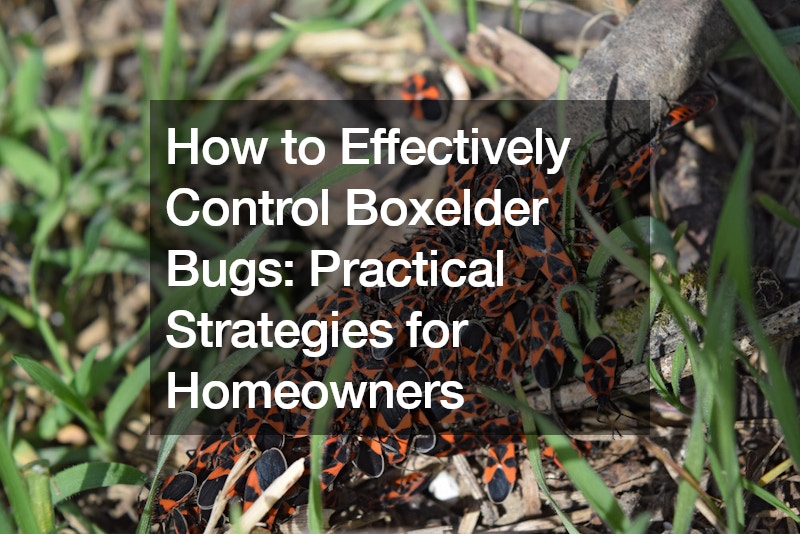
The peak, or ridge, of your roof is a critical area that requires proper sealing to prevent moisture, pests, and debris from entering the underlayment and attic space. Closure strips, also known as foam closure strips, play a vital role in achieving this seal. But with two main options – solid and vented – choosing the right type can be confusing. This article explores the key differences between solid and vented closure strips, helping you decide which one best suits your roof’s ventilation needs.
Understanding Closure Strips
Closure strips are long, thin pieces of material, typically foam, designed to fit snugly along the peak where two roof panels meet. They provide several crucial functions:
- Sealing the Peak: The primary purpose of a closure strip is to create a watertight seal at the roof’s highest point. This prevents rainwater, snowmelt, and wind-driven moisture from infiltrating the underlayment and potentially causing structural damage or mold growth within the attic.
- Blocking Debris Entry: Closure strips act as a barrier against leaves, twigs, and other airborne debris that could accumulate under the ridge cap, potentially causing clogs and hindering ventilation.
- Insect Protection: Pests like insects and small animals can find their way into the roof through small openings. Closure strips help prevent them from entering the attic space, protecting your home from unwanted guests.
Solid Closure Strips: Sealing the Essentials
Solid closure strips are the traditional option for sealing roof peaks. They are typically constructed from a thick, high-density foam material that provides a complete barrier against moisture, debris, and insects.
Applications:
- Non-Vented Ridge Caps: Solid closure strips are the ideal choice if you’re using non-vented ridge caps. These caps offer no inherent ventilation pathway, so a solid closure strip ensures a complete seal.
- Focus on Preventing Moisture Intrusion: If your primary concern is preventing water infiltration or you live in a climate with heavy rainfall or snowfall, a solid closure strip might be the better option. The complete seal it provides minimizes the risk of moisture finding its way into the roof system.
Installation:
Solid closure strips are easy to install. They usually come with a self-adhesive backing that allows for quick application. Simply ensure the roof surface is clean and dry before adhering the strip along the peak, following the profile of the roof panels. Once secured, the ridge cap is then installed over the closure strip, completing the seal.
Vented Closure Strips: Balancing Sealing with Ventilation
Vented closure strips offer a dual benefit: sealing the peak while allowing for some level of ventilation. They achieve this by incorporating small channels or perforations within the foam material.
Applications:
- Vented Ridge Caps: Vented closure strips are specifically designed to work in conjunction with vented ridge caps. These caps feature openings that allow for air circulation within the roof assembly. The vented closure strip complements the ventilation provided by the ridge cap, promoting airflow from the eaves to the ridge, helping to:
- Reduce moisture build-up within the roof system.
- Prevent heat buildup in the attic space, especially important in hot climates.
- Extend the lifespan of roof components by minimizing moisture-related issues.
Installation:
Similar to solid closure strips, vented closure strips typically come with a self-adhesive backing for easy installation. Ensure the roof surface is clean and dry before adhering the strip along the peak, following the roof panel profile. Finally, install and screw the vented ridge cap over the closure strip to complete the seal and establish the ventilation pathway.
Choosing the Right Closure Strip: A Matter of Ventilation Needs
The choice between solid and vented closure strips boils down to your roof’s ventilation requirements. Here’s a quick guide to help you decide:
- Choose a Solid Closure Strip If:
- You’re using a non-vented ridge cap.
- Your primary concern is preventing moisture intrusion.
- You live in a climate with heavy rainfall or snowfall.
- Choose a Vented Closure Strip If:
- You’re using a vented ridge cap.
- You want to promote airflow within the roof system.
- You live in a hot climate where attic heat buildup is a concern.
Additional Considerations
Local Building Codes: Building codes in your area might have specific requirements regarding roof ventilation. Always confirm the code requirements before making your choice.
Professional Consultation: If you’re unsure about your roof’s ventilation needs or the best closure strip option, consulting a qualified roofing professional is recommended. They can assess your specific roof system and recommend the most suitable solution.
Conclusion
Closure strips play a vital role in maintaining the integrity and longevity of your roof. Understanding the differences between solid and vented closure strips allows you to choose the right option for optimal roof performance.
.




